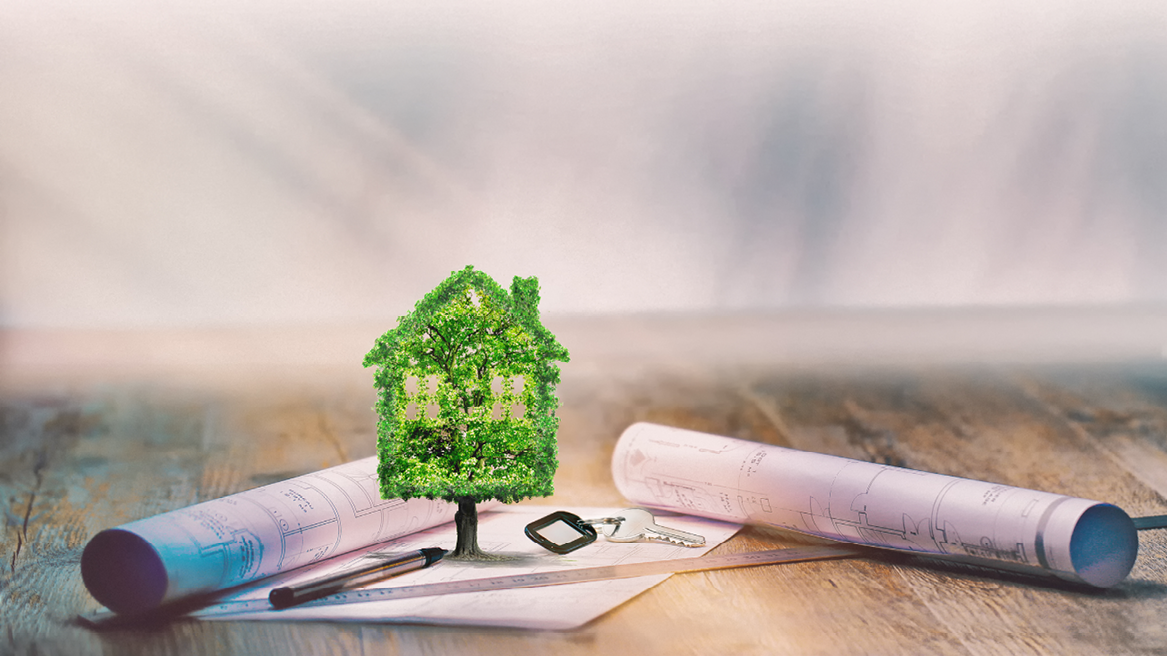What is LEED Certification and Why is it Important?
With the recent commitment to withdraw from the Paris Climate Agreement by President Trump, there has been a lot of discussion of what this means for the United States and the World as a whole when it comes to Global Warming and Climate Change. The United States Green Building Council is staying committed to the LEED program, or Leadership in Energy and Environmental Design. I believe the continued efforts to keep our environment clean and healthy by private companies is what will prevail in the long run.
Whether you’re purchasing a home or renting an apartment, understanding what LEED Certification entails is essential.
What is LEED Certification?
Leadership in Energy and Environmental Design, or LEED for short, is a third-party verification program for green buildings. A LEED certification can be achieved by all types of buildings from corporate headquarters and hospitals to single family homes. The LEED certification system is based upon points that are earned through all stages of the development and building process. The four levels of certification are:
- Certified
- Silver
- Gold
- Platinum
A certified building is going to use less water, be more energy efficient and most importantly reduce greenhouse gas emissions.
Some of the criteria that a LEED project is scored on are:
Location and Transportation:A building designed to minimize vehicle travel distances while enhancing livability and promoting human health by encouraging daily physical activity.
Sustainable Sites: This is used to help reduce pollution from construction activities by controlling soil erosion, waterway sedimentation, and airborne dust.
Water Efficiency: A building’s reduction of outdoor water consumption through use of various landscapes that do not need irrigation.
Energy and Atmosphere: A building that supports the design, construction, and eventual operation of a project that meets the owner’s project requirements for energy, water, indoor environmental quality, and durability.
Materials and Resources: A building that reduces the waste that is generated by building occupants and hauled to and disposed of in landfills. An example would be a recycling collection area within the building that is easily accessible by recycling trucks.
Indoor Environmental Quality: Ability to increase the comfort and well-being of building occupants by establishing minimum standards for indoor air quality.
Innovation: A building’s ability to demonstrate exceptional and innovative performance when it comes to environmental protection and sustainability.
Regional Priority: A building that offers incentives for earning credits aimed at addressing specific environmental, social equity, and public health priorities within its structure demonstrates a commitment to these critical issues.
For a full list of criteria and rules, you can download the LEED V5 Guide here.
Can you place a value on LEED Certification?
People may be wondering what is the value of a LEED-certified building and how does it affect the bottom line? We have seen a significant trend of residents and tenants wanting an environmentally friendly building. There will be an estimated $1 trillion dollar global investment through 2023 to improve and greenify current buildings and infrastructure.
In the residential real estate market, nearly 50% of surveyed individuals believe that possessing an environmentally friendly home holds greater significance than luxury features. Research indicates that condominium and apartment buildings with LEED Gold certification achieve higher prices per square foot and rental rates compared to those without this designation. An example of that would be The Spire in downtown Denver. The resale value of those condos are significantly higher than buildings without LEED certification. Another example of a new condominium building attempting to achieve LEED Gold certification is The Coloradan in Union Station. My prediction is the condo project will see an unprecedented price and ROI due to its location in the heart of Denver and its eco-friendly design and construction.
What’s Next?
Many believe that withdrawing from the Paris Agreement is not a responsible decision for the United States on a global scale. Nevertheless, we must continue to pursue eco-friendly initiatives and conscious efforts to safeguard our planet for future generations. Following a regulated process is a positive step forward and should become a standard for future developers. This approach not only ensures a healthy bottom line but also promotes a sustainable and green future for everyone.




